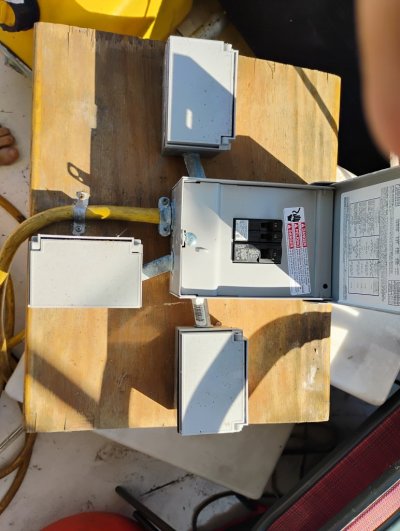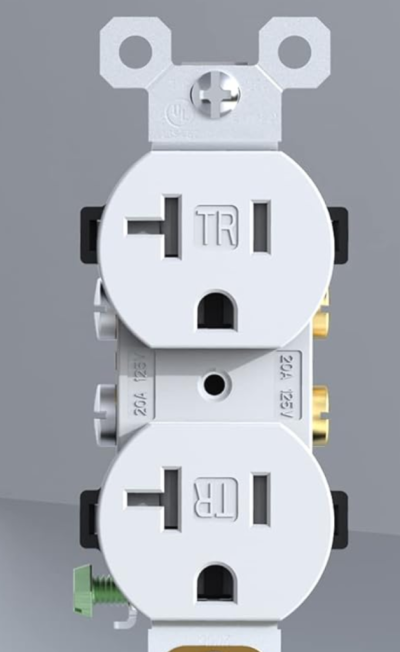paulga
Guru
- Joined
- May 28, 2018
- Messages
- 1,384
- Location
- United States
- Vessel Name
- DD
- Vessel Make
- Marine Trader Sundeck 40'
Hi,
I want to install a Kasco bubbler 2400D for the winter. The marina allows me to plug in from an available pedestal. I plan to use this pigtail adapter to connect the bubbler.
There are two questions. First, the plug end says L5-20P, I think the pedestal socket is L5-30P, is there any concern that this adapter working in a 30P socket?
Second, the bubbler requires a GFCI protected circuit. This pigtail adapter does not have GFCI protection. I plan to add a regular outdoor timer, like the GE extreme weather outdoor 24 hour timer, but the specs of such mechanical timers do not include GFCI. How to meet the GFCI requirement?

I want to install a Kasco bubbler 2400D for the winter. The marina allows me to plug in from an available pedestal. I plan to use this pigtail adapter to connect the bubbler.
There are two questions. First, the plug end says L5-20P, I think the pedestal socket is L5-30P, is there any concern that this adapter working in a 30P socket?
Second, the bubbler requires a GFCI protected circuit. This pigtail adapter does not have GFCI protection. I plan to add a regular outdoor timer, like the GE extreme weather outdoor 24 hour timer, but the specs of such mechanical timers do not include GFCI. How to meet the GFCI requirement?



